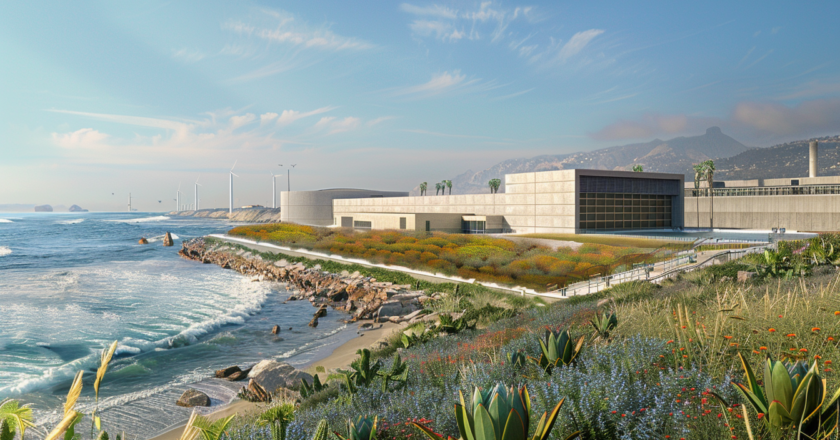BY MARTINA DOBESH
It seems an act of sheer folly to write about staying vigilant in our water usage after two relatively wet winters here in Baja California. It would seem the populus has fallen under a spell which suggests there is no longer a water issue in our future. But finally, a trickle of information was buried in the May 6th issue of this paper in the Que Pasa in Baja?, entitled “Baja California Faces Severe Colorado River Water Cuts.” It was only a matter of time for the alarm about water to be raised once again. The concern about water and the lack of it was never resolved; it just went underground with the rain of the last wet winters.
The Permanent Forum on Binational Waters issued the stark warning. “The upcoming cut in Colorado River water allocation to Mexico in 2024 will exceed the annual water usage of all Baja California cities reliant on this source.” This will mean about a 33% cut. It went on to say that the 2024 reductions of Baja’s primary water source have been severe, “the most severe will be in 2025, when a new administration is in charge.” This refers to the US elections in November. The 1944 Treaty protecting Colorado River water to Baja will expire in 2026. Yet the push for “progress” is in full gear around the state.
In the January 15th Gringo Gazette front page article sighted that the new governor, Marina Pila, attended the World Economic Forum in Switzerland where she stated that her primary goal was to showcase Baja California as “an ideal investment destination.” There was a long list of issues to be addressed such as economic development, security and sustainability. Last year the new governor announced her pet mega project for the wine country. An “artificial town” with the theme of a medieval Italian village as a residential community and tourist complex with shops and lodging.
The June 3rd paper had headlines of a “premier entertainment hub, boasting a capacity of 10,000 people for top-tier events,” including 300 bathrooms. How they can claim to be “eco-friendly” is absurd. June 14th Gringo Gazette was filled with articles promising happy tourist paradise and more jobs. One such is set to “Transform Ensenada’s Port Area,” and a ferry service from Ensenada to San Diego is expected in the next five months. Claiming to “boost” Baja’s image is touted as the “Punta Piedra’s New Misión Project.” It will feature 70 residences with “advanced technology and water-saving systems.” All of this is in alignment with the government’s blessings to have Baja California “attracting capital to the state.” It should be asked who is promising abundant water flowing for the generations of investors?
Since I began investigating this issue over the last two decades it has become obvious to me that people’s minds tend to default to the idea that building desal plants will be our savior. Always after receiving these disturbing water facts there is always a casual wave of the hand, “Well, build a desal plant.” And sure enough, the July 1st front-page article by Archer Ingram, Rosarito’s New Desalination Plant Gets Green Light. I was amused by the subtitle, “if its ever completed” which is probably close to the truth. Ingram did a good job giving us all the ins and outs of the politics and costs of building it to a tune of half a billion dollars. But not addressed was the cost of operation and increased prices to the users. It wasn’t stated how long it would take to build the plant after all the talking stops. Given the timely nature of Rosarito’s water needs for development it is an important question. Will there be enough water to build it? This one plant would not furnish Rosarito’s growing needs and the impact on the ocean is a very real issue.
Oliver Quintero, Publisher of the Gringo Gazette, stated the land had already been purchased years ago for the first failed project which ended in litigation, the site is in Ejido Mazatlán, right next to the CFE thermoelectrical plant.
Water cuts are here. Water is our most precious thing we have. We waste a lot of it. Learning to conserve is wise for any future planning. To check out the water facts and history go to the Gringo Gazette webpage, ggnorth.com. Scroll down to August 16 and 30, 2021 where the Water Watch series begins. Be sure and check out the YouTube channel Mojo Adventures for current boots-on-the-ground updates on the Colorado River as we head into 2026.
Editor’s Note: Martina is a freelance writer and journalist. She is the creator of the Water Watch series as a community service. She is the author of Dust in My Sandals, Tales from a Baja Traveler. See our ad and dive into her true adventures and wonders of Baja California.




